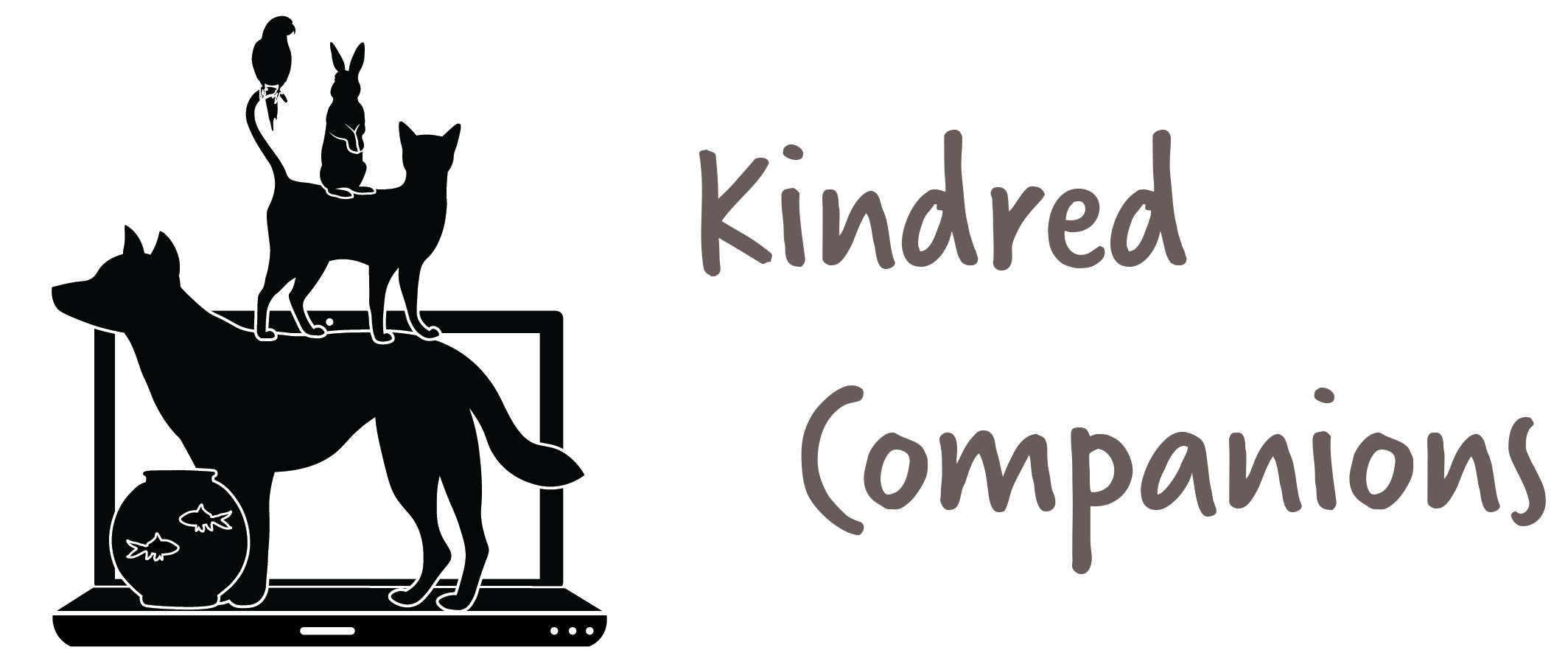You'll think twice about taking your dog's photo after reading this...
Originally Posted on 04/08/15
Edited 03/06/16*
A week or so ago, this photo to the right (removed upon request by owner of the image*) was posted on the Coeur d'Alene Press Facebook Page. The photo is of a two year told me, "giving his dog a kiss." (Since the image has been removed, let me simply describe it as a dog displaying its front teeth, while being kissed on he side of the head by the boy. The dog is wearing rabbit ears.*) The boy's mother commented that she "took the photo after (son's name omitted) wanted to 'share' his bunny ears with his best buddy." Rightfully the image caused quite a stir among owners, parents, and dog professionals. The post reached well over 3000 comments before being pulled from the Facebook page. Coeur d' Alene Press also published an article on their website (removed 03/06/16*) about the whole event. I appreciate Coeur d' Alene for publishing the article as it is a well balanced representation of what happened and both sides opinions. (It is unfortunate that due to harassment towards the family, this content has since been taken down.*)
What I got from the situation was a slightly different angle. My experience from this whole event was a front row seat to the clearly misunderstood relationship between dogs and people. Do a Google Image search for "dogs and kids" and you get a lot of cute photos. You also get a lot of disturbing ones. Most of the disturbing ones are not so apparent either. There are no teeth showing like the dog shown above. Instead they are filled with subtle body language showing discomfort, fear, and in some cases, the final warning signs before a bite. Most of these disturbing photos have children grabbing, lying on, or sticking their face in a dog's face. I'm relatively sure that these pictures are not the "before" of a before and after bite sequence, but I dread the thought that they were a warning that was left unheeded and months or years later, there was an incident.
Dogs are generally tolerant. We love dogs because they stay with us, even when we make mistakes. But on that same token, that tolerance is heartbreaking, because for most dogs to bite, it means we have had to push them to a level of discomfort, through all of their warnings and requests, pleads and requests to stop, until they have done something that we all are devastated by. To the dog, it was self defense... to the owner and the child, it was trust forever broken. And after the spit second, no one's life will ever be the same.
Dog trainers and behavioral consultants see it and we warn the public. We tell owners that "dogs don't like hugs and kisses". We explain dog body language and try to open a channel of communication. And finally we try to set healthy boundaries for families and pets. But for some reason all of this education and warning fall on deaf ears. This phenomenon is a relatively new thing. Sure dogs have been family pets for hundreds of years. But the requirement that a dog be tolerant of anything done to it, especially from a child "that doesn't know better" is new. Most parents wouldn't leave their toddler alone with a horse, a parrot, or even a cat, but for some reason, a dog is no longer an animal. Instead it is everything but an animal.
Perhaps Facebook, Instagram, and other social media platforms are partially to blame. Dogs are no longer the family pet. They are the decoration in family photos. The dog is supposed to be the child's "best friends" but did anyone ask the dog? And even if they are, the meaning of "best friend" is to care about that friend's needs and concerns. Forcing them to interact while expressing discomfort is not treating them like "best friends." And before an owner says that they "didn't see the signs", ignorance is no excuse. If your best friend spoke a different language you'd do your best to try and understand it. Yet for some reason, dog language rarely becomes part of the conversation.
Also don't forget that in all relationships, arguments happen and feelings get hurt. But when your friend has the equivalent of daggers in it's mouth, you might want to be more careful about when and where these disagreements occur. Healthy relationships have boundaries. Those include personal space and the ability to say no. Owners need to learn what their dog is saying and then most importantly, listen.
And before the denial sets in and you say to yourself that this does not apply to you because your dog "would never bite", or you think "only certain breeds bite", read this article by a mother who's son was bitten by the family golden retriever.
For more information on bite prevention and canine body language, visit:
The Family Dog
Animal Building Block Academy - Family Safety
*The family involved has contacted me and asked that this article be removed. Due to the educational value of this article, we will not remove it. We have however removed all direct mention of the family involved and the image in question.
